The question that practically every snorkeler asks is how deep one can go down wearing a full-face snorkel mask. Full-face snorkel masks allow covering your entire face and have an integrated snorkel, thus providing somewhat different ways of breathing and seeing underwater. Still, all diving gear has its own limits concerning the depth you may plunge to. And it is very important for everyone who is going to use the full face mask to be aware of them.
How Deep Can You Go with a Full Face Snorkel Mask?
The simple answer is: not very deep. Although most experts and manufacturers suggest staying within 10 feet or 3 meters from the surface when wearing a full-face snorkel mask, many recommend an even shallower limit, at 5-6 feet or 1.5-2 meters for maximum safety.
Manufacturer Guidelines
Full face snorkel mask manufacturers will often provide some depth recommendations in the operating instructions for their respective masks. Those instructions will most often suggest staying within 6-10 feet of the surface. This may vary depending on the model, so you will need to check the operating instructions specific to your mask.
Comparison to Traditional Snorkeling Gear
Full face masks have considerably smaller depth ranges compared to traditional masks and snorkels:
- With traditional gear, experienced snorkelers can often dive to 10-20 feet (3-6 meters).
- Full face masks are generally limited to 10 feet (3 meters) or less.
This is due to differences with traditional equipment, which can be related to easier pressure equalization and water clearing. Full face masks are oriented more toward surface or near-surface applications, while in traditional equipment, one gets more versatility related to shallow diving.

What Affects How Deep You Can Go with a Full Face Snorkel Mask?
Your safe snorkeling depth with a full-face mask depends on three major factors: the mask design, your physical capability, and water conditions.
The Mask's Design
The seal of a mask is critical and the better it seals, the less water will seep in when you go deeper. Some masks also have mechanisms to equalize the internal air pressure with external water pressure. Masks that equalize this pressure well can let you go slightly deeper with comfort.
Your Physical Abilities
Your body also plays a significant role in how deep you can safely go. It's very dependent upon whether you can easily "pop" your ears while descending. If you can't, then you'll have to stay shallow. And your lung strength might also be a big factor in how much comfort you can be at various depths, but remember to not overdo your limits with these masks, either.
Water Conditions
The environment you are snorkeling in counts, too. The pressure of water increases rapidly the deeper you go, and full face masks aren't designed for high pressure. That is why depth limits are conservative. Clear water lets you see better and more accurately judge your depth. In areas with strong currents, it is safer to stay in shallower water where you can easily control your position.
What You Can See at Different Depths with a Full Face Snorkel Mask?
Full face snorkel masks open up a world of underwater exploration, with changes in what you see as you go deeper.
Floating on the Surface
The surface of the water provides a very special perspective on the underwater world. Fish are seen to move across the bottom as dark silhouettes, while coral reefs give a patchwork of hues and textures. You get to see the structure of the underwater landscape from this bird's-eye view. Many snorkelers, especially those who are beginning, find this comfortable and captivating vantage point.
Shallow Dips (2-5 feet)
Below the surface, you fall into the heart of reef life. Here, colors of fish and coral are vivid. You may find yourself face-to-face with a curious parrotfish or an octopus that changes color. Undisturbed small creatures in teeming seagrass beds and rocky areas just go about their business. This depth puts you in the environment, yet still easily breathing through your snorkel.
Deeper Exploration (5-10 feet)
The character of the underwater world changes at this depth. Greater patrolling fish at these depths may be bigger, and a sight of sea turtles gliding by is possible. Rock formations create interesting shapes and shadows. Full-face masks have their limits, however, and deeper dives require more careful breathing and attention to the pressure on your mask.

Key Safety Tips for Full Face Snorkel Masks
To ensure a safe and enjoyable experience with your full face snorkel mask, keep these important guidelines in mind:
Stay Close to the Surface
Keep within 6-10 feet of the surface. Most full face masks work best in shallow water. If you feel pressure in your ears or have trouble breathing, move to shallower water.
Check Your Mask Fit
Make sure your mask fits snugly before entering the water. A good fit prevents leaks and makes breathing easier. If water gets in while swimming, head back to shore and adjust your mask.
Practice in Shallow Water First
Before going into deeper areas, practice using your mask in water where you can stand. Get comfortable breathing through the mask and learn how to clear the mask it if water gets inside.
Don't Hold Your Breath
Breathe normally through your nose or mouth. Holding your breath can lead to a buildup of carbon dioxide, which might make you feel dizzy.
Snorkel with a Buddy
Always swim with a partner. They can help if you have any problems with your mask or if you get tired.
Listen to Your Body
If you feel uncomfortable, short of breath, or dizzy, calmly swim back to shallow water or the shore. It's better to take a break than to push yourself too hard.
Safety Considerations at Different Depths with Full Face Snorkel Masks
The deeper into the water you go when snorkeling with a mask, the more safety factors come into play. Here's what you want to know over different depth ranges:
Surface to 2 Feet Deep: The Safe Zone
This zone is the safest for most snorkelers. Breathing comes very easily and naturally here. One can lift his head out of the water with ease in case of an emergency, and there's little pressure on your mask and ears. Most people find this depth comfortable and relaxing.
2 to 5 Feet Deep: Increased Awareness Needed
As you go down a bit deeper, things start to become different. You might have to equalize your ears' air pressure for the first time. It also requires more effort to breathe when snorkeling, and it could take a bit longer to reach the surface should you feel anxious. In any case, this depth range is generally safe for most snorkelers with some experience.
5 to 10 Feet Deep: Approaching Mask Limits
This is the maximum depth for most full face masks, and it comes with increased risks. The pressure on your mask increases, which may cause leaks. If water gets in, it's harder to clear at this depth. There's also a higher risk of CO2 buildup in your mask. Equalizing ear pressure becomes crucial to prevent discomfort or injury.
Enjoy Safe Snorkeling with Your Full Face Mask!
Full face snorkeling masks can offer a very unique way to see the world underwater, but they do come with very important depth limits. Staying within 10 feet of the surface-in fact, even shallower-is how you safely enjoy the vibrant marine life and great views. Check the fit of your mask, practice in shallow water, and always snorkel with a buddy. Pay extra attention to your feelings at different depths, and never push beyond your comfort zone. Keeping these precautions in mind, your full-face snorkel mask may become a good tool for memorable and safe underwater adventures.
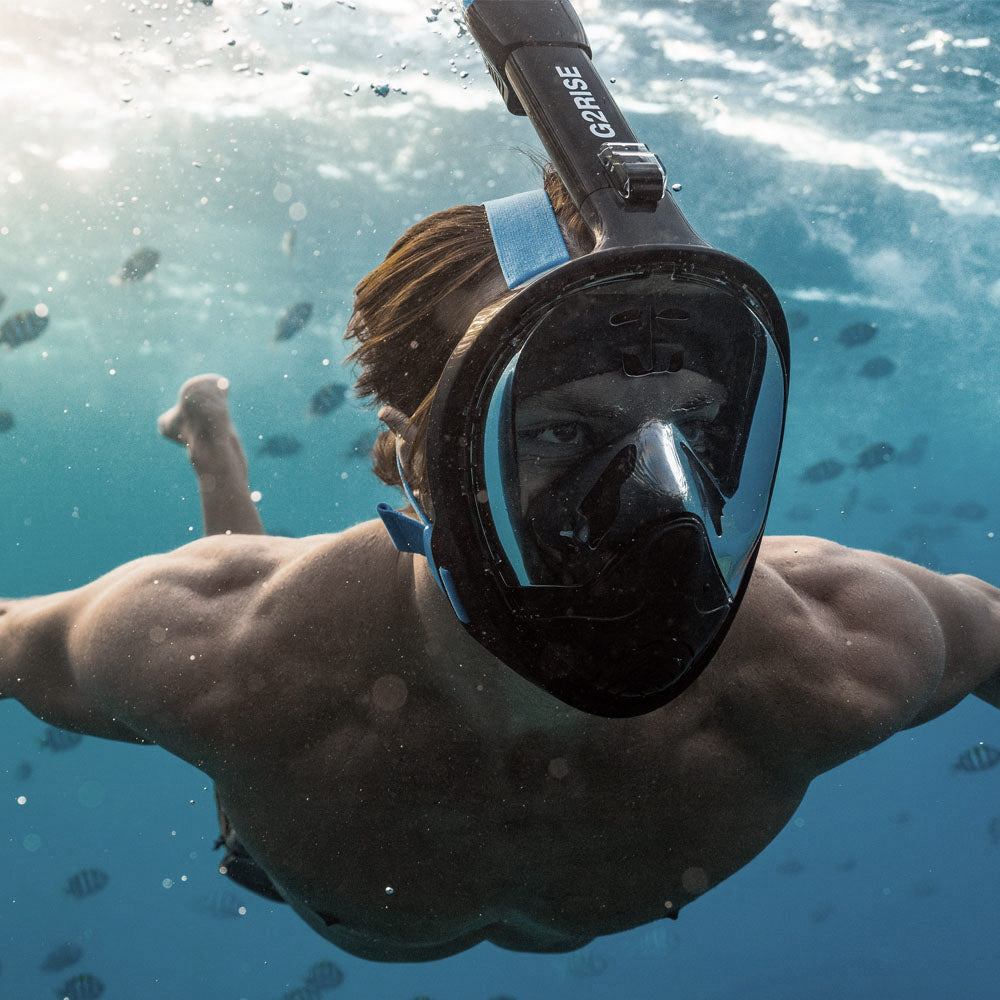
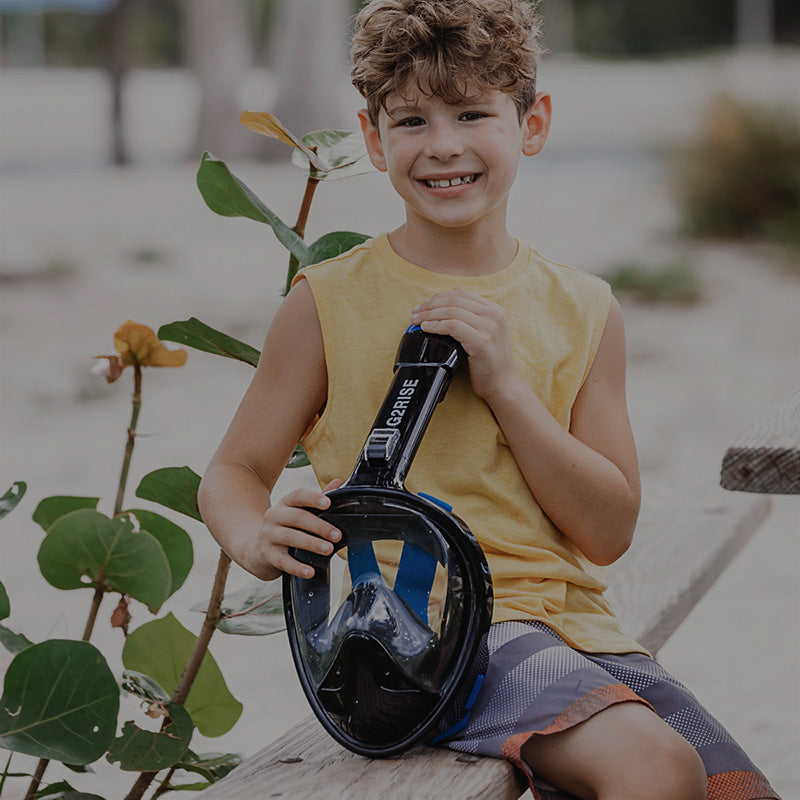

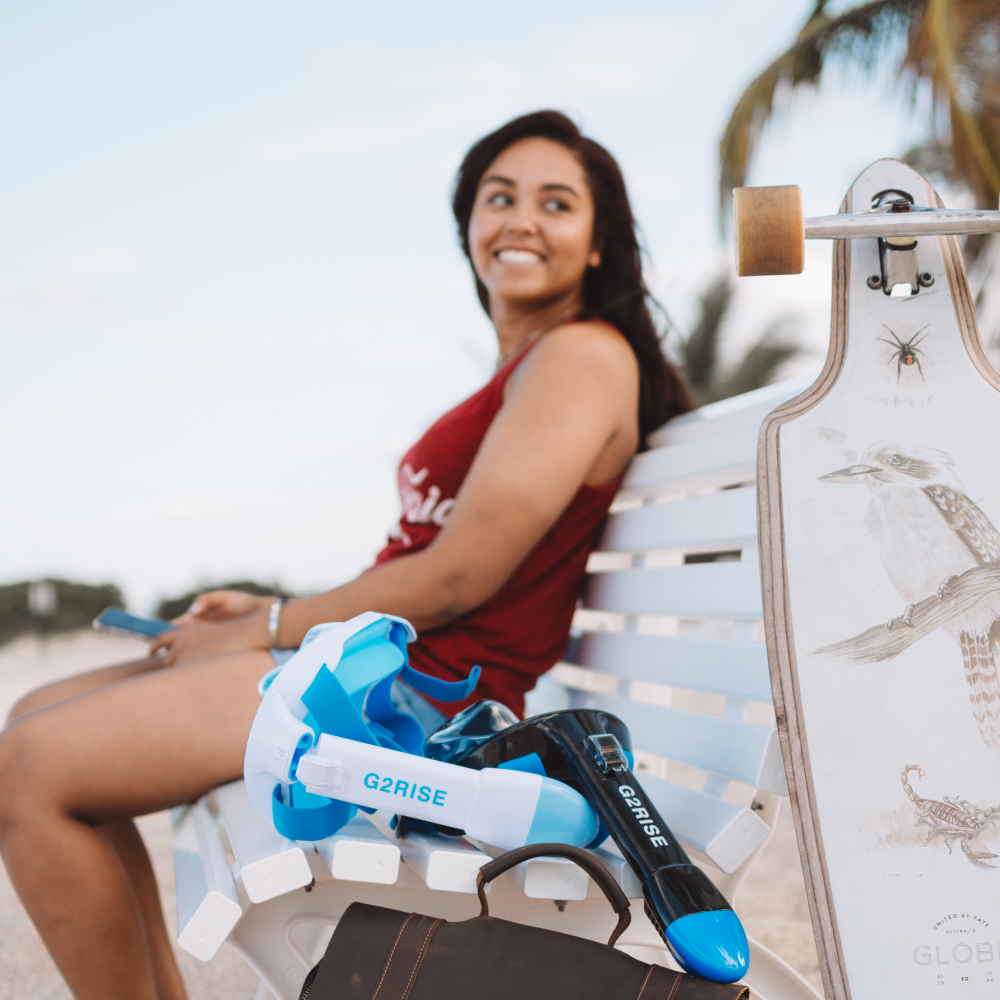
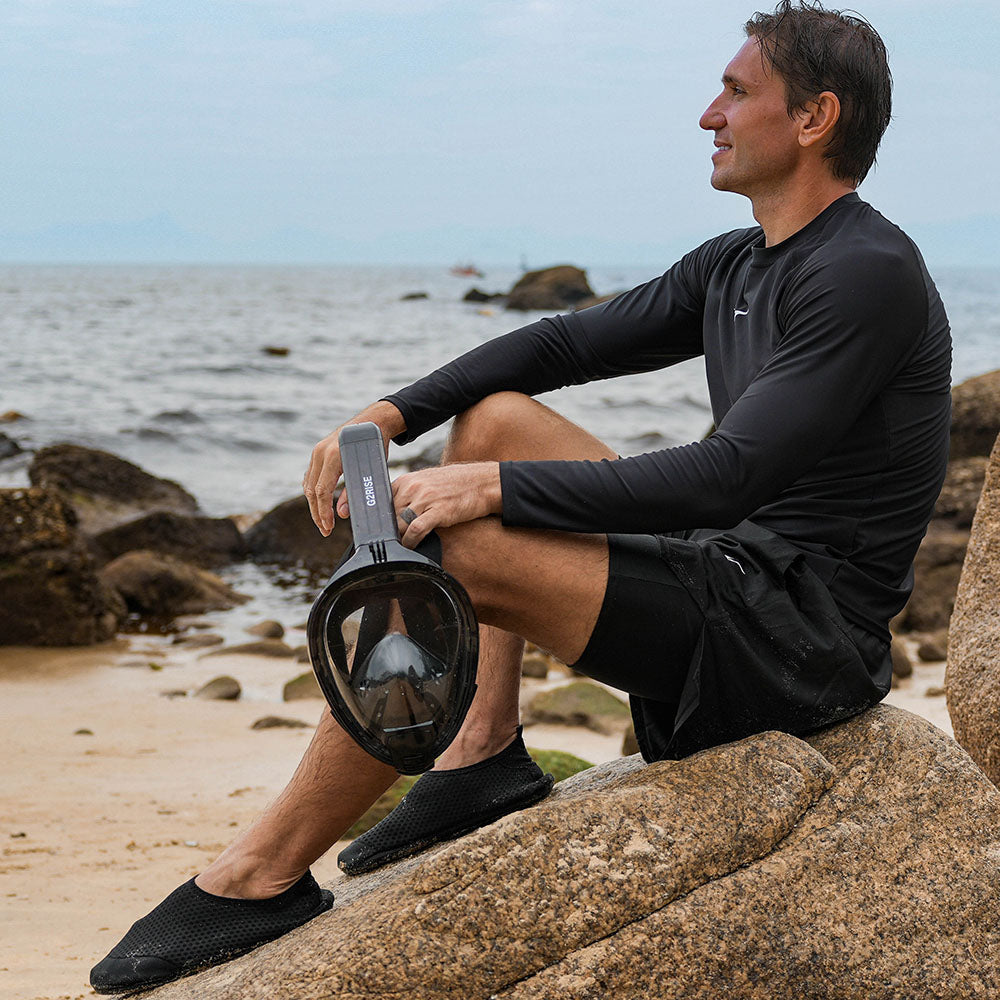



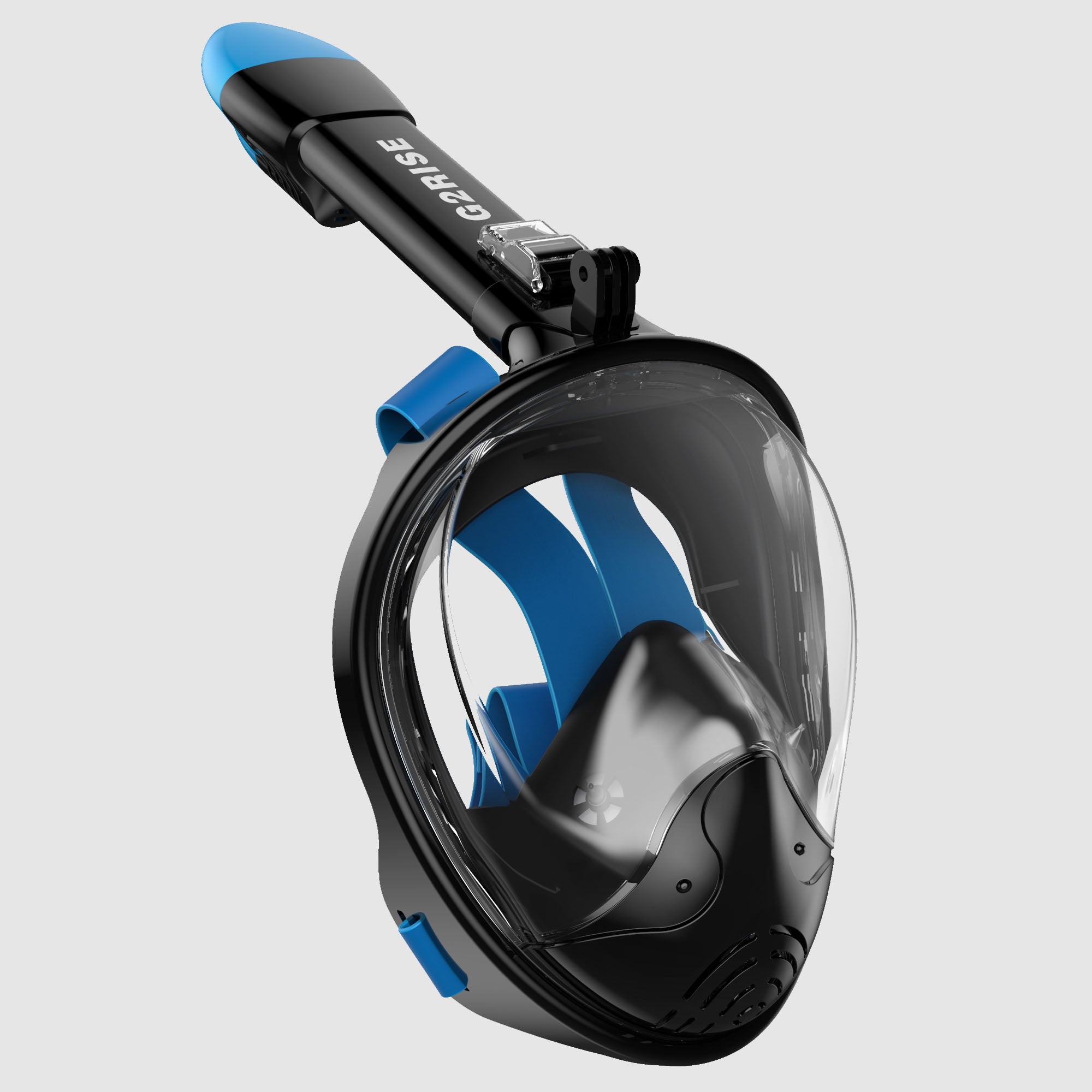
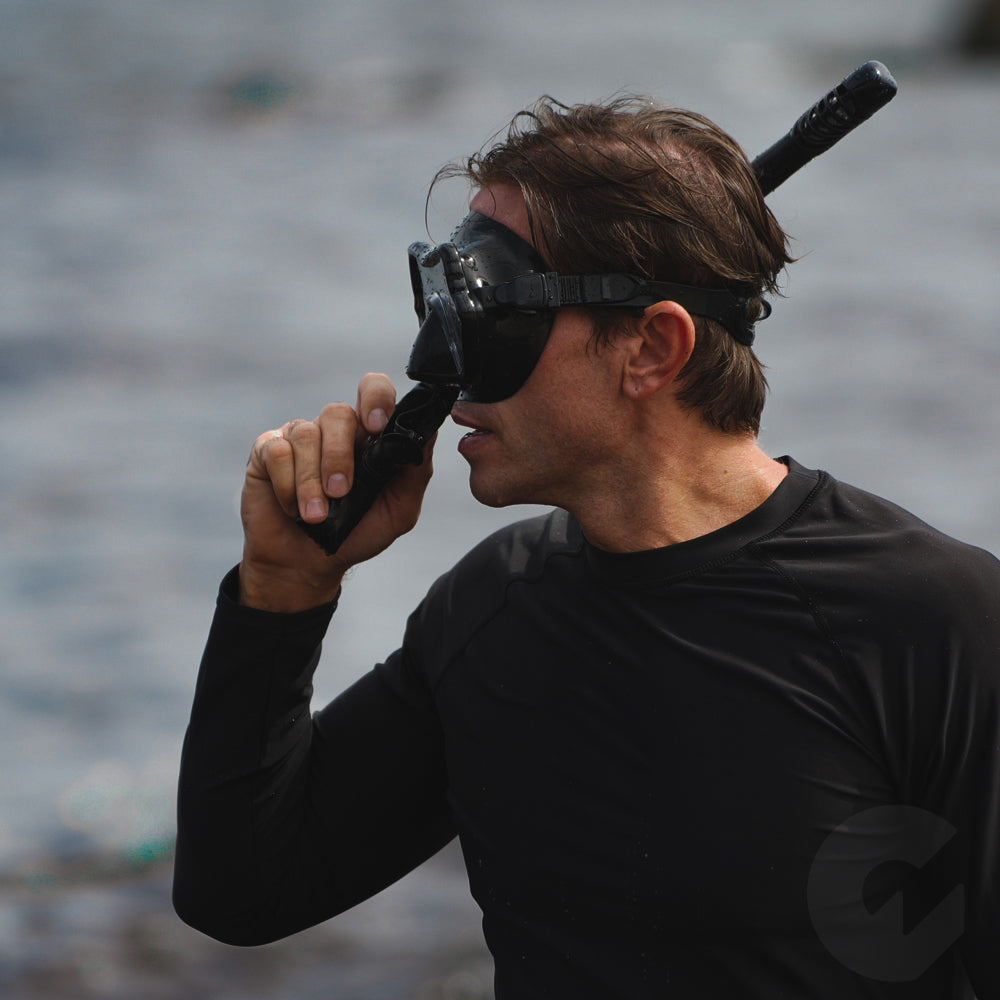
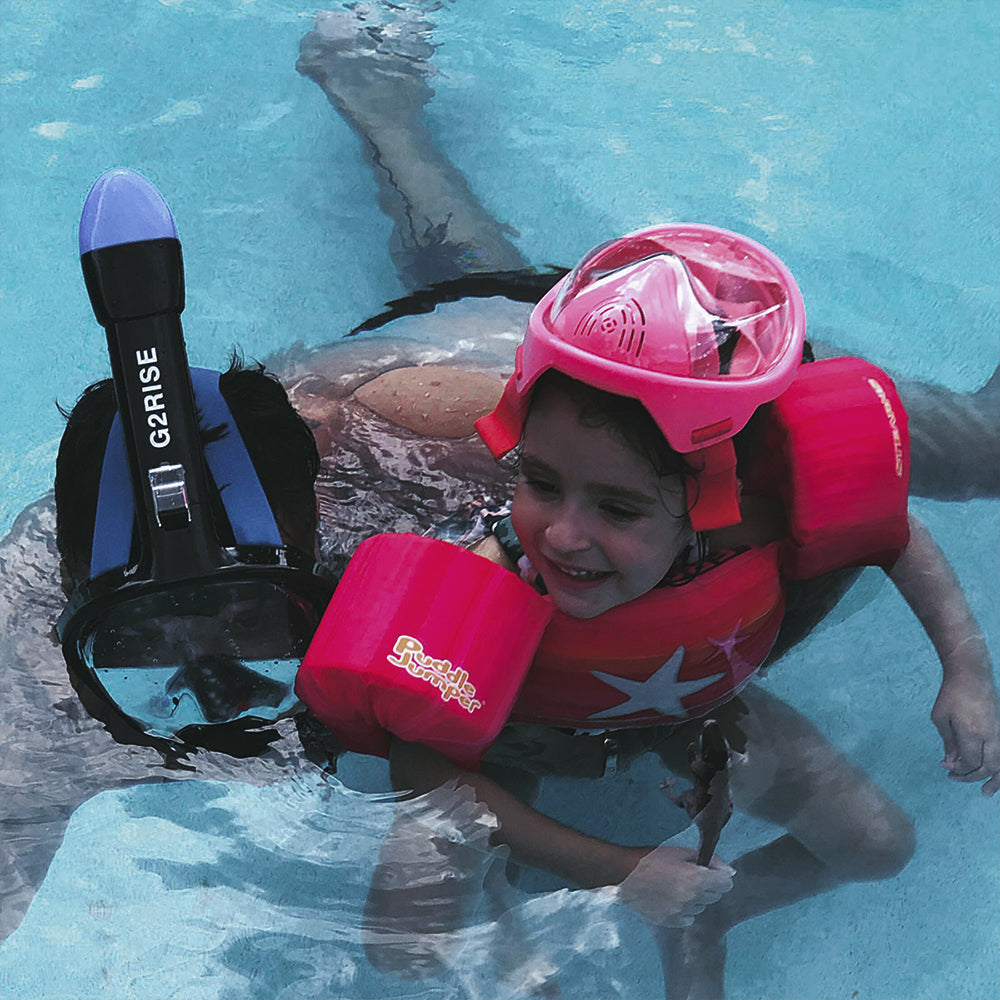
Leave a comment
This site is protected by hCaptcha and the hCaptcha Privacy Policy and Terms of Service apply.